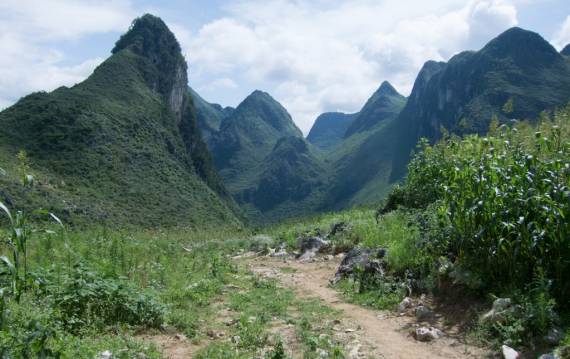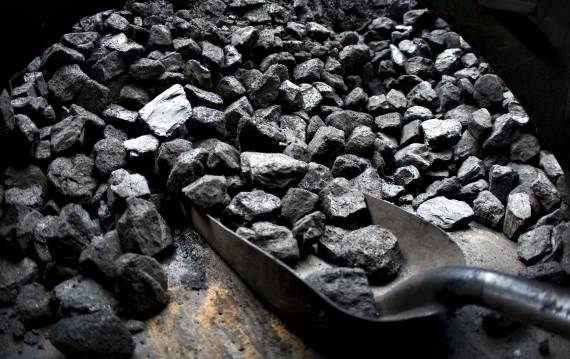Evolution of Earth and Life
December 17, 2015
Stanford School of Earth, Energy & Environmental Sciences
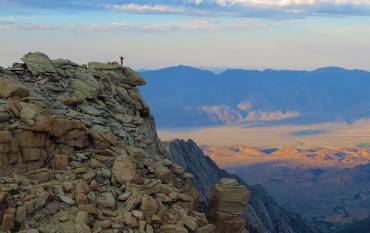
December 11, 2015
Recent research by Stanford Earth scientists uses new techniques to shed light on the contentious history of California's iconic mountain range.
October 19, 2015
Stanford School of Earth, Energy & Environmental Sciences
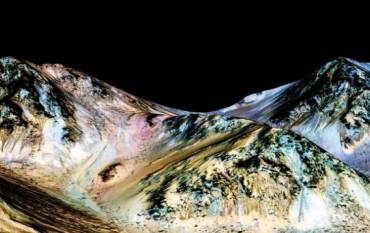
October 2, 2015
Prof. Norm Sleep thinks some of the newly discovered water on Mars could be habitable.
September 2, 2015
Stanford School of Earth, Energy & Environmental Sciences
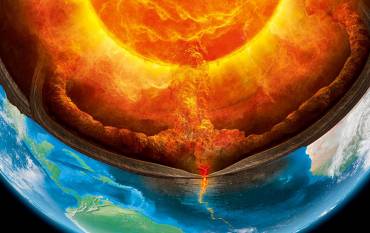
August 17, 2015
We can't journey to the center of the Earth, but that hasn't stopped us finding out what is down there. Associate Prof. Wendy Mao provides her perspective on studying Earth's interior.
July 9, 2015
Stanford School of Earth, Energy & Environmental Sciences
June 9, 2015
Stanford School of Earth, Energy & Environmental Sciences
- 1 of 3
- next ›
Subscribe to Earth Matters
A free monthly bulletin for your inbox



